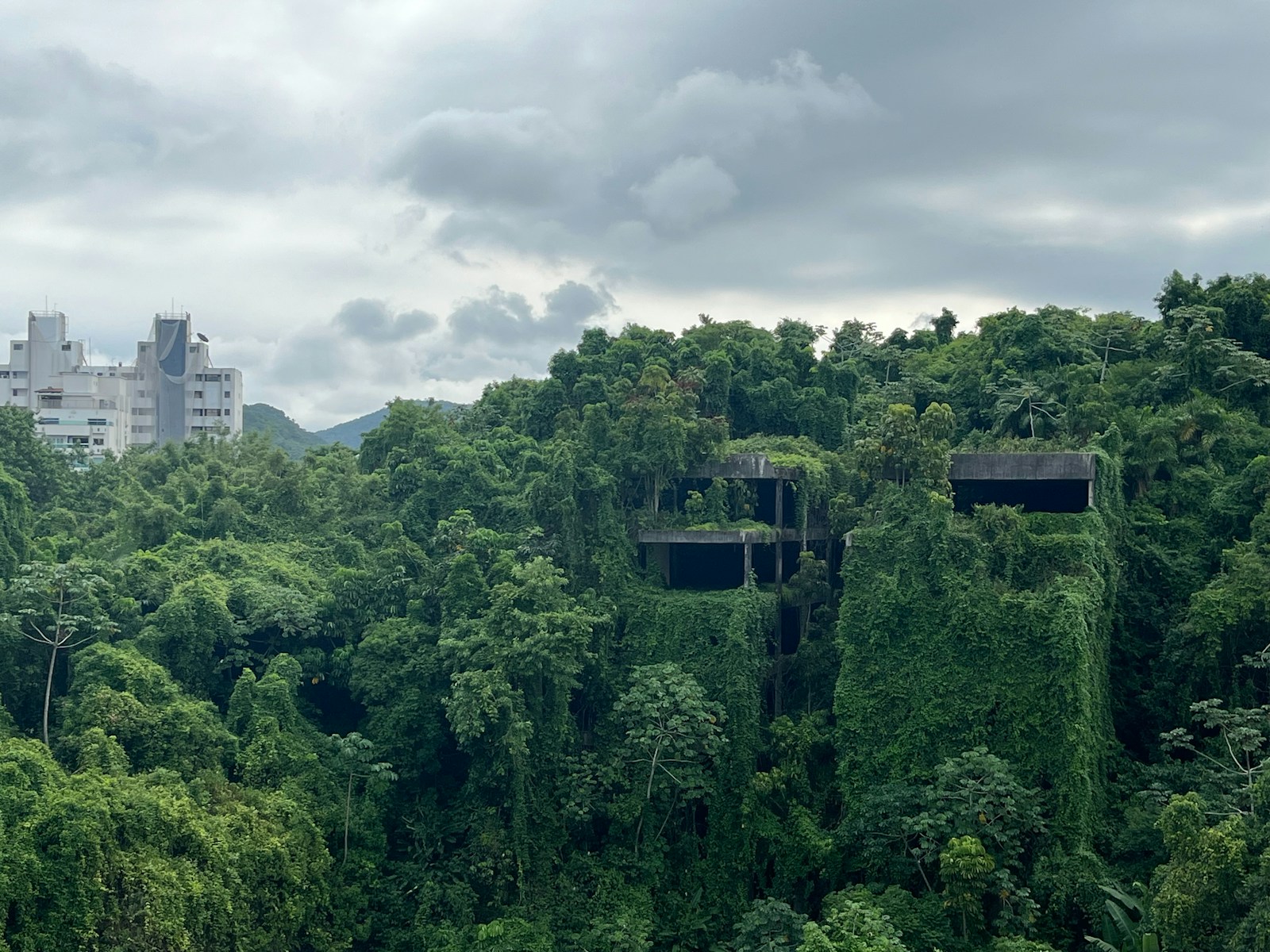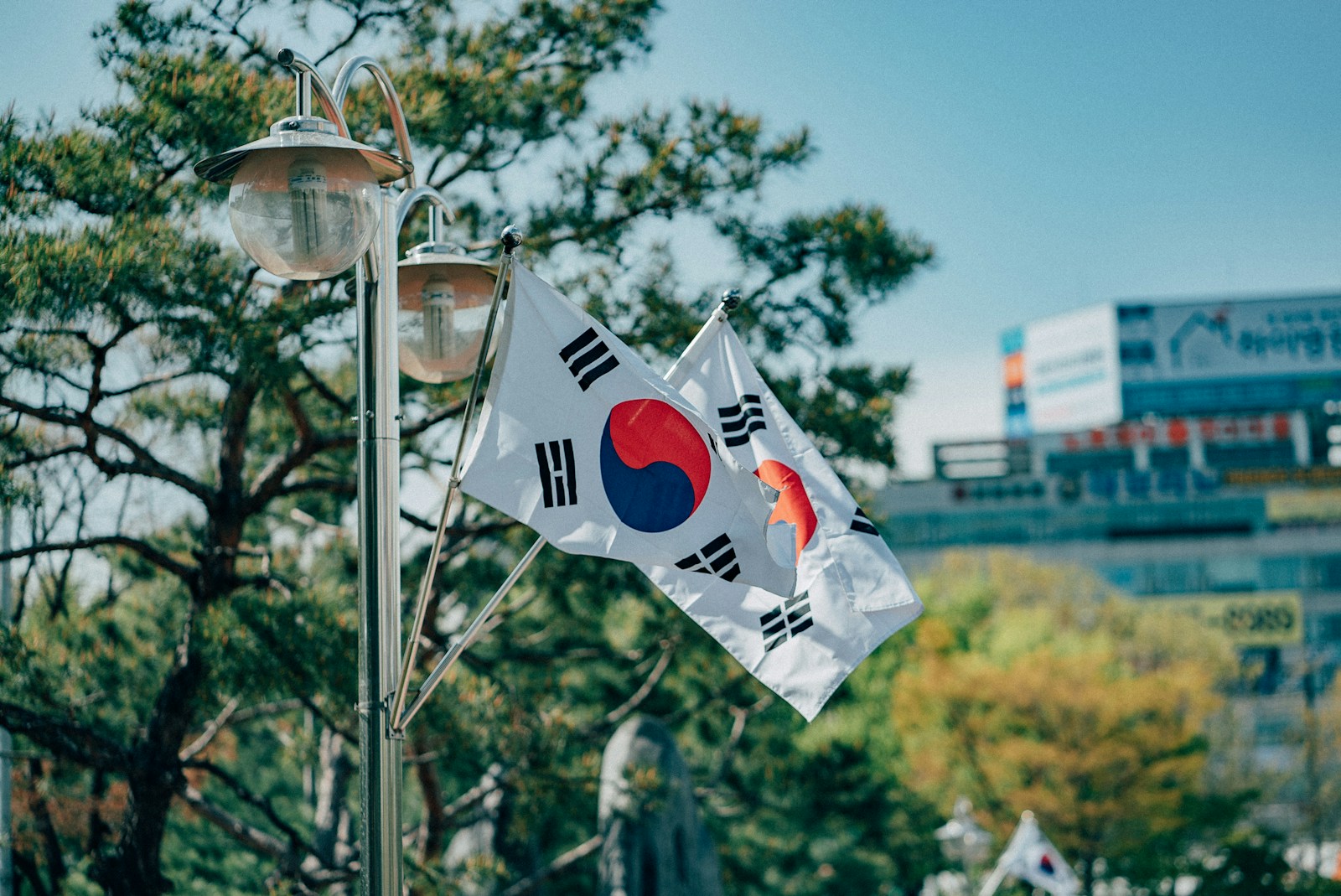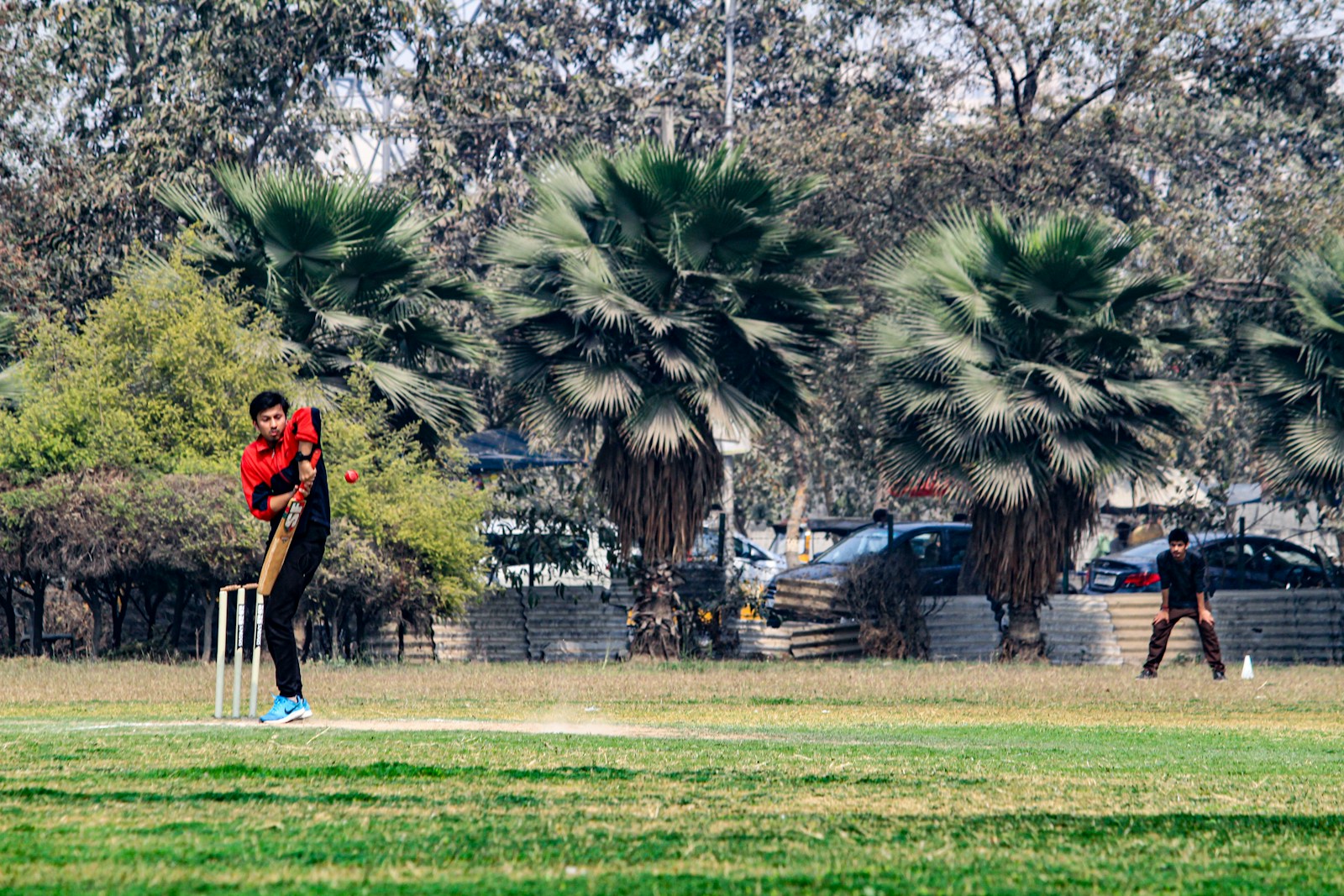The Concrete Jungle's Green Heart: Engineering a Megacity for Biodiversity

By Ethan Yang and Yehee Jung
For most of modern history, the city has been defined by its separation from nature. We built with concrete and steel, paved over streams, and designed our urban spaces for the singular efficiency of the automobile. Nature was something to be visited on the weekend, a place outside the city limits. But this model of the city as a sterile, "grey" environment is proving to be unsustainable, unhealthy, and unresilient. A new vision is emerging, one that seeks to re-wild our cities, deliberately engineering a "green" infrastructure that works in concert with, rather than against, the natural world.
From an engineering perspective, as Ethan's work focuses on, this is a paradigm shift from fighting nature to mimicking it. A classic example is stormwater management. The traditional "grey" approach is to build massive concrete pipes to get rainwater out of the city as fast as possible. This system is expensive and easily overwhelmed by the intense rainfall events that are becoming more common with climate change, leading to flooding. The "green infrastructure" approach, seen in "sponge city" initiatives, is to use a distributed network of green roofs, permeable pavements, and rain gardens (bioswales) to absorb, slow, and filter the rainwater where it falls. This reduces flooding, recharges groundwater, and cleans pollutants from the runoff.
This same principle applies to creating habitats within the city. Instead of isolated parks, urban planners are designing "wildlife corridors"—continuous networks of green space, from connected park systems to vegetated railway lines—that allow birds, pollinators, and other animals to move through the urban landscape. Engineering innovations like "green facades" and vertical gardens can turn skyscrapers into living ecosystems, providing habitat while also insulating the building and improving air quality.
From a public health and ecological standpoint, as Yehee covers, the benefits of this re-wilding are immense. The presence of green space in urban areas is strongly correlated with improved mental and physical health. It reduces stress, encourages physical activity, and filters air pollutants. The famous transformation of Seoul's Cheonggyecheon stream from a covered-over expressway back into a thriving river is a testament to this. It is now a beloved public space that also helps to cool the surrounding urban heat island.
Reintroducing biodiversity into cities also restores crucial ecosystem services. Urban trees sequester carbon. Parks and wetlands provide cooling effects. A healthy population of bees and other pollinators is essential for urban agriculture and local food systems. By creating habitats for a diverse range of species, we are not just making our cities more beautiful; we are making them more functional and resilient.
The challenge, of course, is space and cost. In a dense, expensive megacity like Seoul, dedicating land to green infrastructure can be a hard sell against the pressures of commercial and residential development. However, this is a false choice. The long-term benefits of a resilient, healthy, and livable city far outweigh the short-term costs. The future of urban engineering is not about building taller skyscrapers, but about creating a more integrated and symbiotic relationship between the grey and the green. It's about recognizing that the most resilient and advanced cities of the future will be the ones that have made space for nature to thrive within their walls.



